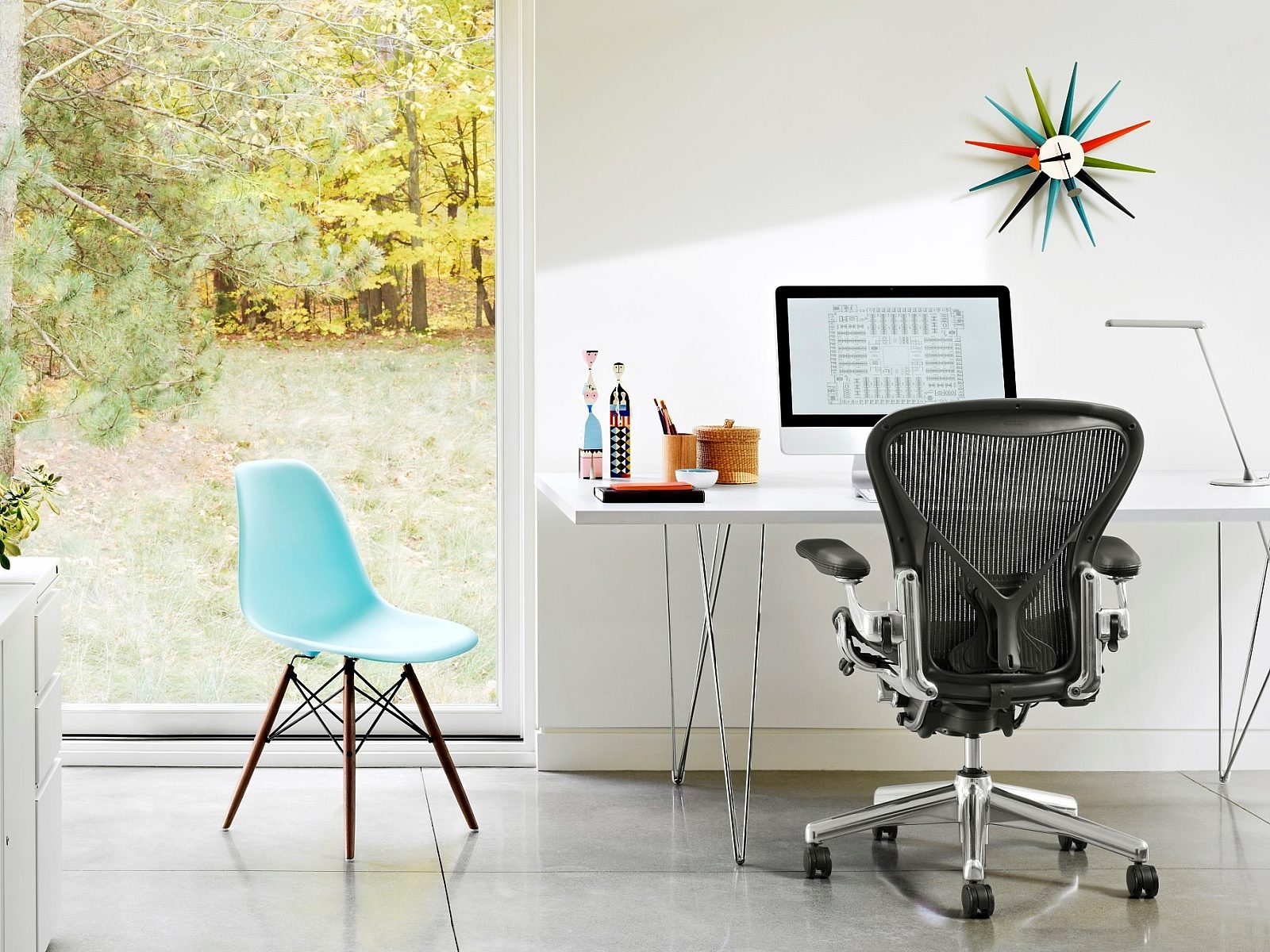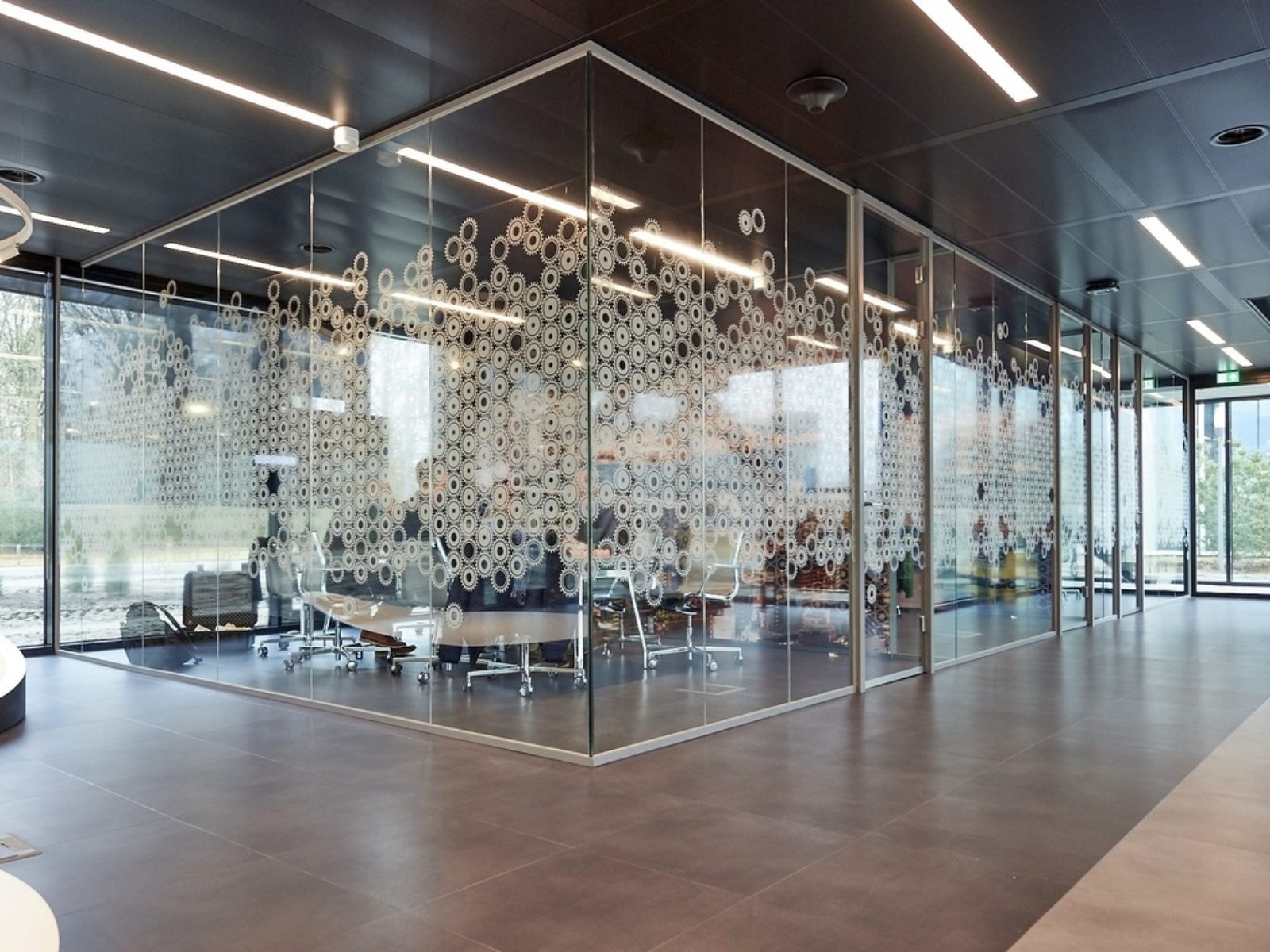What's the Future of the Office?
Building a resilient workplace, from the office to everywhere.

From Open to Empty
Over the past few years, work has become increasingly distributed, with people working in more non-traditional settings including their homes, co-working spaces, and coffee shops. Technology has enabled most people to work anywhere. So even people who mostly worked remotely, such as consultants, would often pop into the office when they were in town, and folks with offices would sometimes work remotely if they were traveling.
Despite this trend, most organizations still think of employees as "office workers" or "remote workers," and believe that every worker who is not "remote" should have dedicated space within the office to work. This is one of the reasons that many organizations have focused on optimizing their footprint to fit as many people as possible instead of designing the workspace to support the activities people do.
This focus on densification has been limiting, with the actual workspace allocated for each worker shrinking and, with the rise of the open unassigned office, becoming more generic with less room for employee personalization. Unsurprisingly, these dense, open offices have not been well received by workers. According to space utilization data analytics over the last 12 years from our partner Herman Miller, as the number of desks placed on floorplans increase, the actual utilization of those desks have decreased.
From Experiment to Reality
When COVID-19 forced much of the world and a large percentage of the workforce into quarantine, working from home became an extended experiment. Most business leaders didn't think remote work could be successful and productive, but this has changed during the pandemic, and is unlikely to shift back. This, along with the economic impacts of the crisis, is causing business leaders to revisit the purpose of their offices and think more deeply about place.
Do businesses need a physical space? Is work space important? Yes, but we all need to change the way we think about the office. The resiliency and adaptability of the modern workforce throughout the pandemic has proved that the physical office space is no longer a requirement for employee productivity.

From the Office to Everywhere
For companies to remain successful they must support their employees, helping them do their best no matter where or when they are working. This means the workplace needs to evolve from a singular space into a dynamic network of places from which employees can choose to work on a given day. It is likely that many organizations will tell employees they can work where they like, creating their own schedule and choosing when and where to go to be the most productive.
If this is the case, both the company and the individual employee will thrive. Workers who are given more freedom of choice in their jobs are more engaged employees, and more engaged employees tend to be more productive. In turn, this shift will allow organizations a chance to take a look at their spaces and improve them so they are more desirable.
The Office on Demand
The physical office will become a valued amenity that companies will be able to offer workers to foster the connections and interactions that we miss while working alone. It will also serve as place that cultivates learning, preserves culture, and expresses an organization’s brand. To attract and retain top talent, companies will have to provide space for the experiences that people have come to miss the most.

1. Socialization and interaction. The office will no longer simply support heads-down work, but serve as a hub for the community of the company. Spaces need to be designed that allow people to interact with others in their organization in an interpersonal way. These will not only provide a time and place for teams and close colleagues to catch up, but provide points of interaction within the extended company network, acquaintances that might not really have a reason to see each other, but could benefit from connecting. This is how workers learn from each other, grow, and most importantly, how trust is built across an entire organization.

2. Focus. While interaction with coworkers is essential for most employees, a space to sit and focus should also be provided. Before the pandemic many people thought they needed to leave the office or go home to really focus, but we've learned that our homes may not be set up for that. Access to highspeed wireless internet, interruptions by family members and housemates, and the lack of comfortable supportive furniture are just a few of the challenges the quick shift to remote work has exposed. The office can provide spaces that allow people to sit and focus without interruptions for long periods of time.

3. Immersive Teamwork. When given the choice, people will come into the office for experiences they can't have remotely and when it makes sense. So while they may not come for a one-hour meeting, they will attend an hours-long charrette in person. We've all come to understand that some collaborative activities cannot be done well remotely, and some can't be done at all. Companies will have to create specific settings to support these activities with the technology and furniture people need to thrive.
Building a Resilient Workplace
Along with challenges, COVID-19 has presented us with an opportunity to shift how we think about work. The reality is that thanks to technology most work is mobile, and organizations that recognize this and give their employees the freedom to choose where and how to work, along with providing the spaces their people need to be successful, will be those that attract top talent and continue to grow and prosper.
Because distributed work will lessen the need for dense occupancy planning, businesses will save on facilities costs, freeing up capital to reinvest in employee wellbeing. Businesses can redesign their physical spaces to make them more desirable and support those that choose to work fully or partially remote with a work from home program that offers furniture, technology, and other productivity tools.
Organizations need to refocus on their people, taking steps to help them stay healthy and productive no matter where or how they are working.




















